Brake Pad Replacement Cost: How Much Can You Expect to Pay?
Your car’s brakes have a tough job, especially the brake pads. If you can’t remember the last time you changed them, chances are, you’re due. But how much cash do you need to set aside for some shiny new pads, and how much should that brake pad replacement cost?
Like most other consumables, there are a lot of variables to consider based on the size, performance, and age of your vehicle. There’s also a wide range of pricing options for the brake pads themselves—though attempting to save money on the pads now could mean spending more on replacing them later. That’s why we’ve partnered with the experts at NRS Brakes to get to the bottom of this pressing question.
Here are three factors to consider when it comes to determining brake pad replacement cost:
- Is it time for a replacement?
- How much should you be prepared to spend?
- How can you cut down on future maintenance costs?
Are You Due for a Change?
This is the first (and most obvious) question you need to ask yourself: do your brake pads need to be changed? We’ve previously looked at how long brake pads should last, and the general consensus is anywhere between 15,000 to 60,000 miles (or 24,000 to 100,000 km). If you live in a hilly area, or regularly tow heavy trailers, you’ll likely need to change your pads more frequently than a highway commuter in a flatter setting.
SEE ALSO: How Long Do Brake Pads Last?Different brake pad companies use different construction methods too, which also has a big impact on pad life (more on that in a bit). The best way to know if it’s time for a new set? Check your brake pads yourself, with the help of our handy guide.
How Much Will It Cost?
Like most smaller auto maintenance jobs, the cost of brake pad replacement can vary thanks to two main factors: part quality and labor.
Luckily, replacing your car’s brake pads is a fairly straightforward procedure. Most shops can do it quickly, so you’re looking at around $100-$150 in labor, depending on if you’re doing both axles.
Alternatively, because replacing brake pads doesn’t require a lot of specialized tools, you can also tackle the job yourself from home. Not only does it save money, it’s a great way to learn more about your vehicle. (Check out our step-by-step guide on how to replace your car’s brake pads here.)
SEE ALSO: Brake Replacement: Here’s How To Change Your Brake PadsThe other big factor is the quality of the brake pads themselves. Buying cheaper brake pads (less than $100 per axle) may save you some money at the register, but they’ll wear quicker, requiring more frequent replacements. They might offer a lifetime warranty too, with “free replacements,” but that tends to be just a sales tactic used to hook people.
Buying higher quality parts on your own can save big money down the road. Pro tip: Even if you’re having a mechanic replace your brake pads, providing the ones you want yourself can save you some cash too. The higher up-front cost of purchasing premium brake pads can translate to a longer life for your new pads–especially if they’re galvanized.
Other factors to consider: It’s often recommended to replace your rotors along with your brake pads, both to save on labor costs and for safety reasons that can result from putting new pads on worn rotors. This is where having a trusted mechanic take a look at your brakes comes in handy.
Why Galvanized Brake Pads?
Galvanization is a special process which treats the brake pad backing plate with a rust-resistant zinc coating instead of paint. This extends the life of your pads, as corrosion is one of the main killers of cheaper pads. As rust builds up it can cause premature wear, or even result in entire chunks of the friction material crumbling off. This is called delamination, or rust-jacking. Not only does this reduce brake pad life, it makes your car unsafe to drive.
Cheaper pads also use an adhesive to mount the pad friction material to the backing plate. When an adhesive is subject to repeated high temperatures—like in a braking system—it wears down, which can result in premature friction material loss.
NRS Brakes’ galvanized brake pads avoid this by not using adhesives at all. Instead they use a patented process called SHARK-Metal Technology, which mechanically bonds the pad and backing plate together via dozens of tiny metallic teeth–extending brake pad life, while also resulting in quieter, more consistent braking performance.
The Final Tally
While there’s no one-size-fits-all option, you can expect to spend at least $100-$300 per axle for a brake pad replacement, depending on the quality of the kit and whether it’s a DIY job or one for the shop. (And remember: if you end up needing your rotors and/or calipers replaced as well, those costs will be higher.)
Either way, we recommend calling a few different mechanics for quotes to ensure you’re getting the best possible deal and, whether you plan on replacing your brake pads yourself or not, opting for high-quality pads to ensure you’re getting the longest possible lifespan out of your brakes.
For more on NRS Brakes and its galvanized brake pads, click here.
Lead photo: By CC7 / Shutterstock.comMore by AutoGuide.com Staff



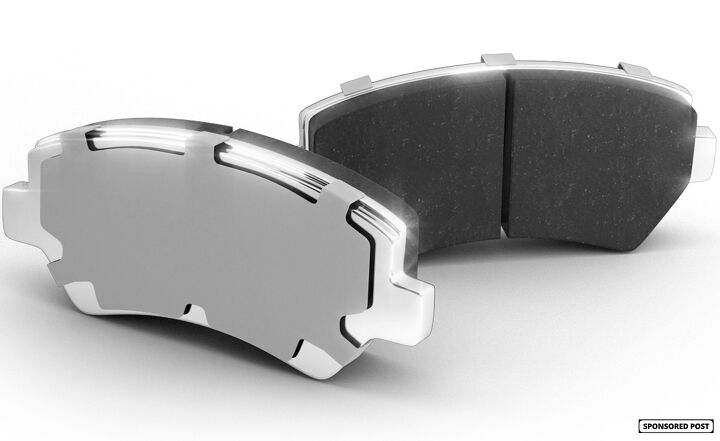
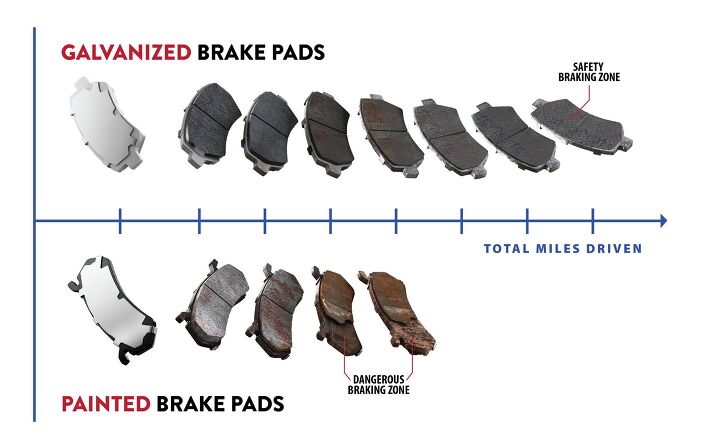











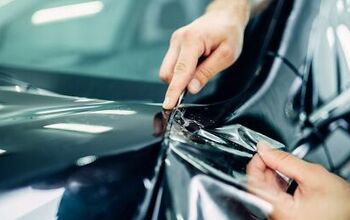

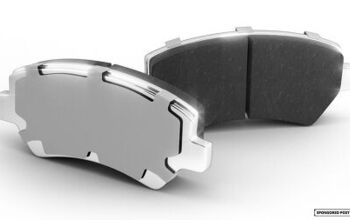









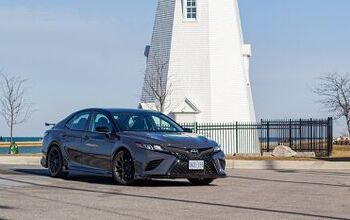




Comments
Join the conversation